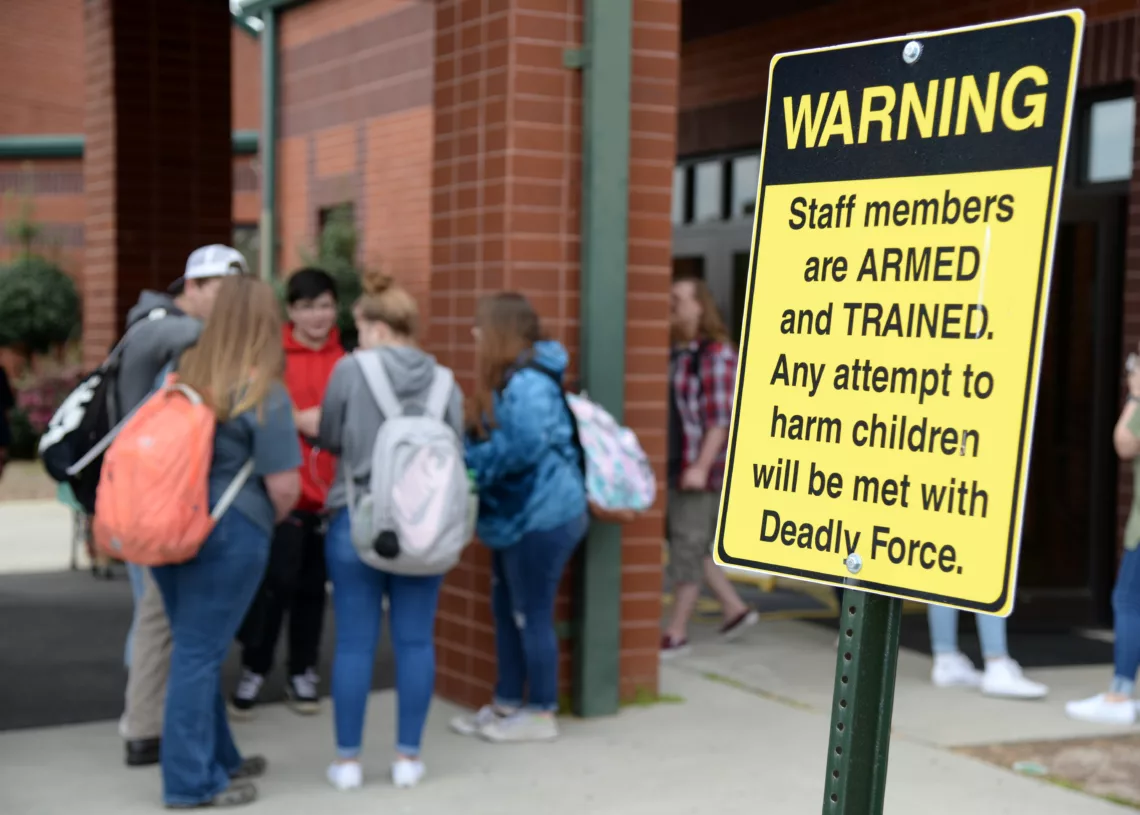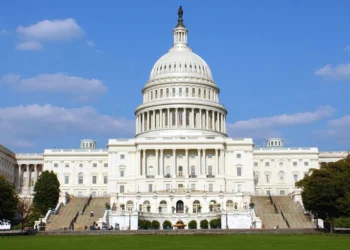In the wake of tragic school shootings, the debate over whether teachers should carry guns in schools has intensified across the nation. Proponents argue that arming teachers can provide an additional layer of defense against potential threats, while opponents, including educational organizations like The National Education Association and the American Federation of Teachers, caution against the inherent risks and potential negative consequences of such a policy.
Understanding the Controversy
At present, 28 US states permit teachers or school staff to carry firearms in the classroom under varying conditions. Proponents of this approach often cite the need for immediate response in the event of an active shooter situation. They argue that without firearms, teachers and staff have limited means to defend themselves and their students.
However, the opposition to arming teachers raises valid concerns regarding the potential for accidents and misuse of firearms within school premises. Critics argue that introducing guns into an educational environment not only fails to address the root causes of violence but also creates new risks and anxieties among students, parents, and faculty.
The Case Against Arming Teachers
As a professional blogger and concerned citizen, I firmly oppose the idea of arming teachers in schools. Here are several reasons why I believe this approach could do more harm than good:
Lack of Proper Training
One of the most significant concerns is the lack of extensive firearms training among teachers. Unlike law enforcement officers, educators do not undergo rigorous training in handling firearms under high-stress situations. Expecting them to effectively respond to an active shooter scenario without adequate training is not only unrealistic but also dangerous.
Potential for Increased Risks
Introducing firearms into classrooms inherently escalates the risk of accidents and unintended consequences. Even with the best intentions, the presence of firearms heightens the likelihood of accidental discharges, unauthorized access to weapons, and the potential for escalation during conflicts between students or staff.
Impact on Educational Environment
The primary role of teachers is to educate and nurture the intellectual and emotional growth of their students. The introduction of firearms into the educational environment creates an atmosphere of fear and anxiety, undermining the sense of safety and trust that is essential for effective learning.
Shift in Focus
Teachers already face numerous challenges in the classroom, from curriculum development to student engagement and discipline. By burdening them with the added responsibility of carrying firearms, we risk diverting their attention away from their primary duties and placing undue pressure on them to act as security personnel rather than educators.
Potential for Tragic Mistakes
In high-stress situations, even trained professionals can make critical errors in judgment. The presence of multiple armed individuals, including teachers and potentially law enforcement officers, increases the likelihood of confusion and friendly fire incidents. History has shown that even with extensive training, individuals can make tragic mistakes in chaotic situations.
A Safer Alternative: Investing in School Safety
Rather than arming teachers, I advocate for a comprehensive approach to school safety that prioritizes prevention, intervention, and crisis response. One effective strategy is to establish a dedicated school safety division within local police departments, tasked with ensuring the security of educational institutions.
Key Components of School Safety Division
- Trained Law Enforcement Presence: Assigning at least one or two armed, highly trained police officers to each school in their district can provide immediate response capabilities in the event of emergencies.
- Mental Health Support: Investing in mental health resources and counseling services can address underlying issues related to student behavior, emotional well-being, and crisis intervention.
- De-escalation Training: Trained professionals specializing in conflict resolution and de-escalation techniques can diffuse potentially volatile situations before they escalate into violence.
By implementing these measures, we can create a safer and more nurturing learning environment for students and educators alike, without resorting to the controversial and potentially dangerous practice of arming teachers.
Prioritizing Safety Without Compromising Education
In conclusion, the debate over whether teachers should carry guns in schools is a complex and highly contentious issue. While proponents argue for the necessity of immediate response capabilities, the risks and potential negative consequences of arming teachers cannot be ignored.
As a society, we must prioritize the safety and well-being of our students and educators while upholding the fundamental principles of education and learning. Instead of relying on untrained individuals to serve as first responders in emergencies, we should invest in comprehensive school safety measures that address the root causes of violence and promote a culture of prevention and intervention.
It is time to reject the notion that arming teachers is a viable solution to the epidemic of school shootings. By pursuing alternative approaches grounded in evidence-based practices and collaborative efforts, we can create safer schools where every student has the opportunity to learn and thrive in an environment free from fear and violence.
For more content. check out How to Determine Your Political Ideology.
Also check out the following site: The National Education Association
Note: The views expressed in this blog post are the author’s personal opinions.
















































